Varieties of decorative willows and their cultivation
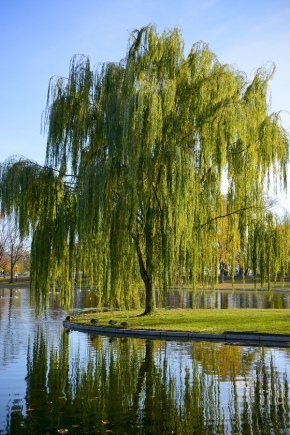
Willow is a beautiful and noble tree. It attracts first of all with its graceful appearance. It is possible to grow decorative willows not only in open nature, but also at home.
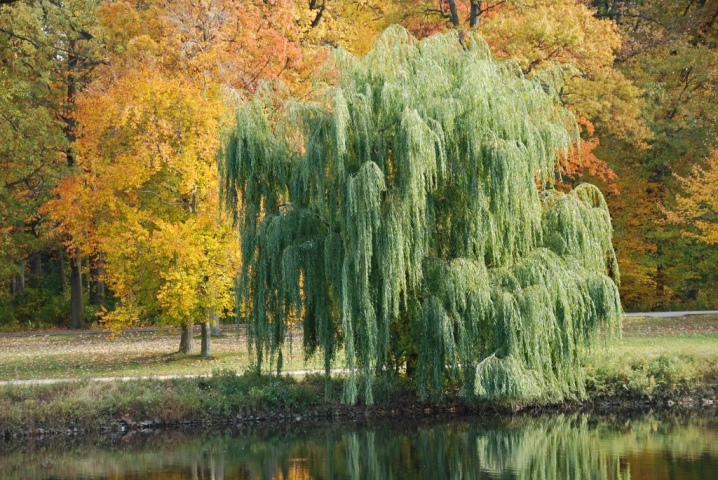
Peculiarities
Ornamental willow is a dioecious plant that has both female and male flowers, which are dense inflorescences that resemble catkins. Willow blooms in late May - early June, in some species flowers appear earlier than leaves. They are replaced by seeds that are carried over great distances.
The growth range of willows is extremely wide and ranges from 20 cm to 15 m, and some of them can grow up to 30 m. There are also original mini-bushes that "crawl" on the ground. They take up quite a lot of space.
Most often, such a tree grows near water bodies, for example, on the shores of lakes or rivers. In addition, some specimens are also found on mountain slopes or in semi-deserts. It should be noted that willows have a well-developed root system. For this reason, they are often planted to strengthen loose soil, especially along the shores of various bodies of water.
Depending on the place of growth, this plant is called differently: willow, willow, and even willow.
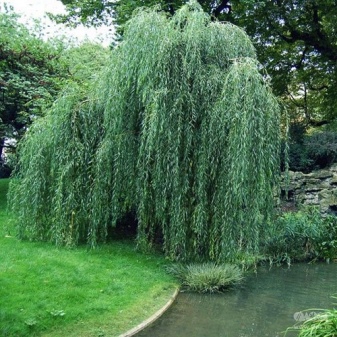
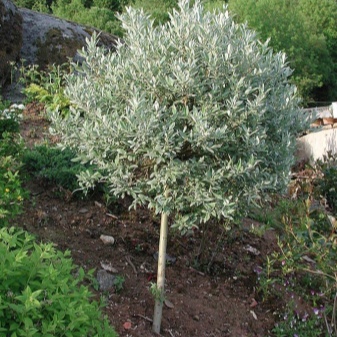
Description of species and best varieties
There are no less than 500 varieties of willows. Such a variety of plants appeared due to natural mutations and vigorous human activity. Some plants were artificially bred directly for the garden, others - for landscaping large parks in the Moscow region and other parts of the country. Most often, these willows look unusual. There are trees with white or pink leaves.
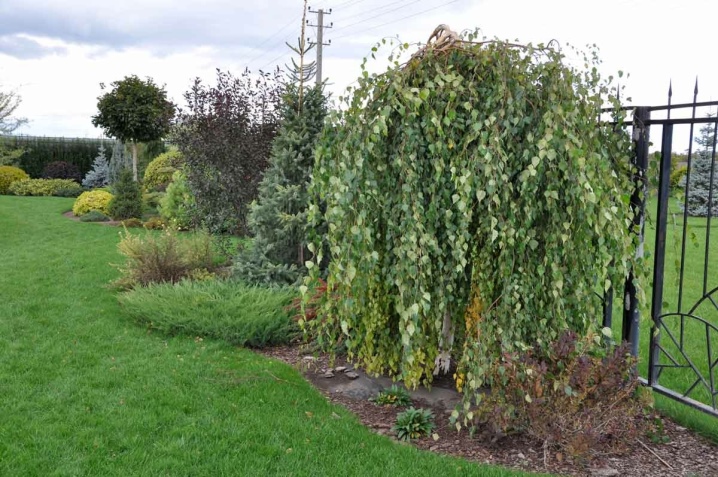
Undersized
To decorate a small personal plot, stunted plants are most often chosen.
- Purple willow. It is known to many by the name of the yellowtail. Such a tree is found most often in the Northern Hemisphere. This is a small shrub, the height of which is within 3 meters. The golden shoots of this plant are directed upwards and are covered with leaves arranged in pairs, green on the upper side and silvery ones on the lower side. The purple willow blossoms appear in early spring.
The flowering plant is quite beautiful, so many people buy it to form hedges.
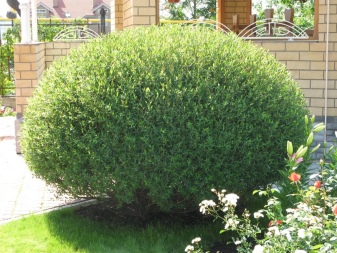
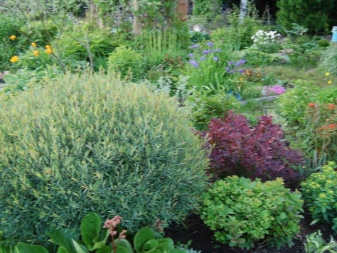
- Whole-leaved. This Asian willow species is most commonly found in countries such as China, Korea or Japan. The tree is quite compact, its height does not exceed 3 meters. This plant differs from other willows by spreading shoots, as well as very narrow red-yellow leaves. The most popular variety is the Japanese willow, grown on a bole called Nishiki Flamingo. It has beautiful cream or pink leaves.
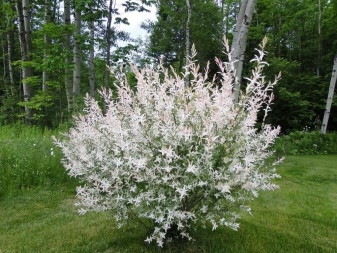
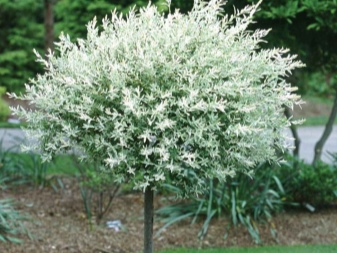
- Creeping willow Is a small, low plant, the height of which is within one meter. Most often found in France. The main distinguishing feature of the tree is the crown with shoots, which are covered with a light silvery fluff. The dark green leaves are elliptical in shape.
The creeping willow begins to bloom in the first days of May.
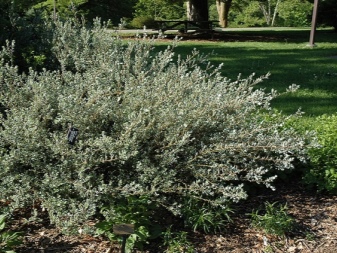
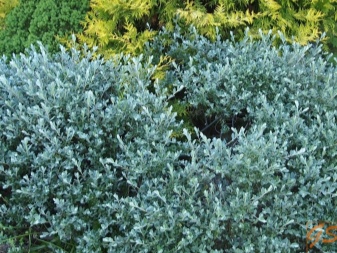
- Woolly. It grows in Northern Scandinavia, Iceland, as well as in the northwestern part of Russia. It is a dwarf plant, the height of which is no more than 90 centimeters. This mini-plant has a dense crown.At the very beginning, the branches are covered with a bluish fluff, and then become smooth, with a brown tint. The leaves are oval and are distinguished by a silvery color.
This plant is most often used for landscaping personal areas.
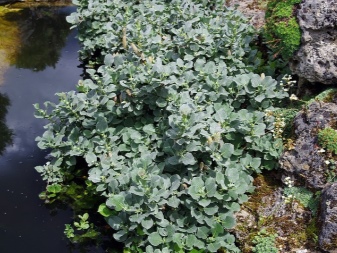
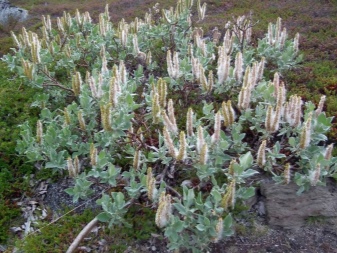
- Reticulated willow. This dwarf plant is usually found in the Far East or Eastern Siberia. Elliptical leaves have a rough surface.
Most often, netted willow is used for landscaping parks, squares or private areas.
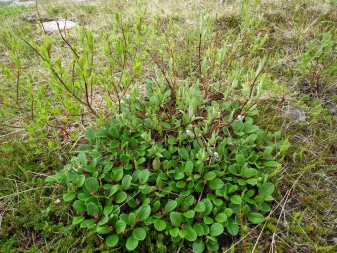
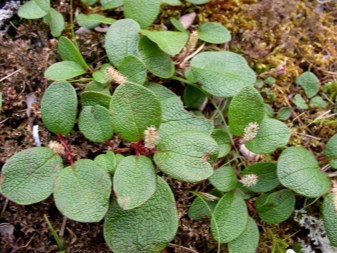
Tall and medium-sized
It is worth familiarizing yourself with the list of plants that grow above 10 meters.
- Brittle willow. This is the most common type of large willows not only in Russia, but also in Western Asia and Europe. Her crown consists of thin branches that can break even with a slight gust of wind. Once on the ground, they quickly take root. Shoots are covered with green elliptical leaves.
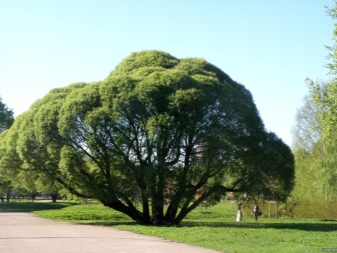
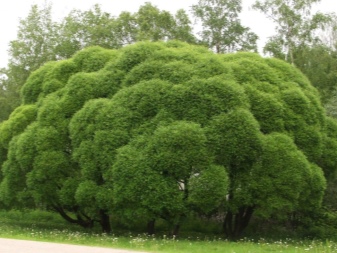
- Rod-shaped. Such a tree stands out among others for its very flexible and long branches, which eventually grow stiff. As for young shoots, they are covered with a short silvery hair. The willow is usually within 10 meters.
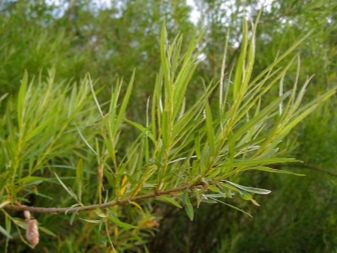

- Holly willow is more familiar to everyone under the name red willow. It grows practically all over Russia. The plant height is within 12 meters. Shoots are long and thin; painted reddish. The leaves are green at the top and silvery at the bottom.
The holly willow is especially beautiful during flowering in early spring.
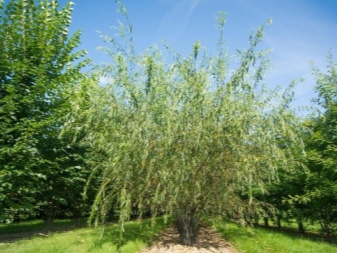
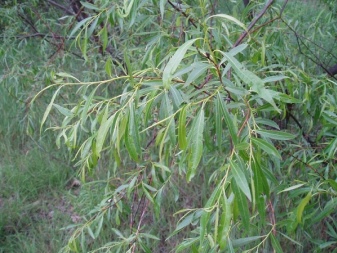
- White. It is a very powerful tree with fractured bark that grows up to 30 meters high. The willow crown is spreading and openwork. It should be noted that this is one of the most durable and unpretentious plants. Shoots of white willow are very thin, silvery gray in color. Over time, they turn brown. The shape of the bright green leaves is lanceolate.
Flowering begins in early spring.
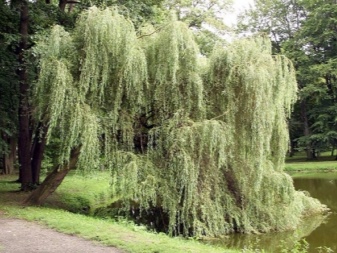

- Babylonian or weeping differs in too brittle yellowish shoots. The height of the tree does not exceed 12 meters, the crown is about 6 meters in diameter. Willow leaves are very beautiful, bright green. It is worth noting that the leaves of the weeping willow completely fall off only at the beginning of January, but they reappear in February.
This plant is afraid of frost, so it cannot grow in places where winters are too cold.

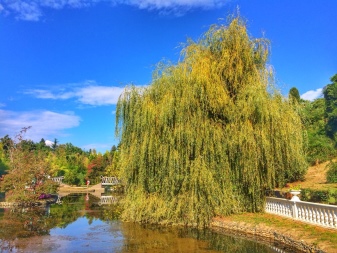
- Goat willow. The tree got this name due to the fact that its leaves were very fond of sheep and goats. An ornamental plant grows up to 12 meters high. Willow shoots are quite powerful and spreading, with bright green oval leaves.
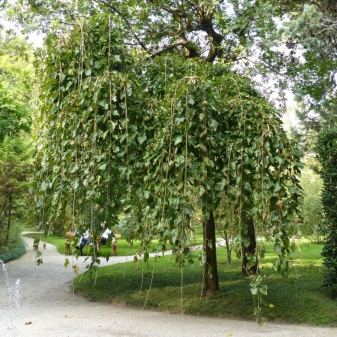
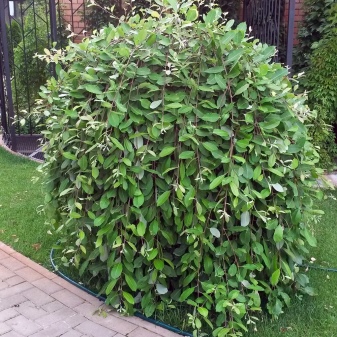
Landing
Willow is considered a fairly light-loving plant. Therefore, it should be planted in well-lit areas or in partial shade. Most of these plants are moisture-loving, because of this, they are usually decided to be planted near a reservoir.
For planting willow, you can use both seedlings and cuttings. If there are several plants, then you must definitely take care of maintaining the required distance between them. It must be at least 75 centimeters.
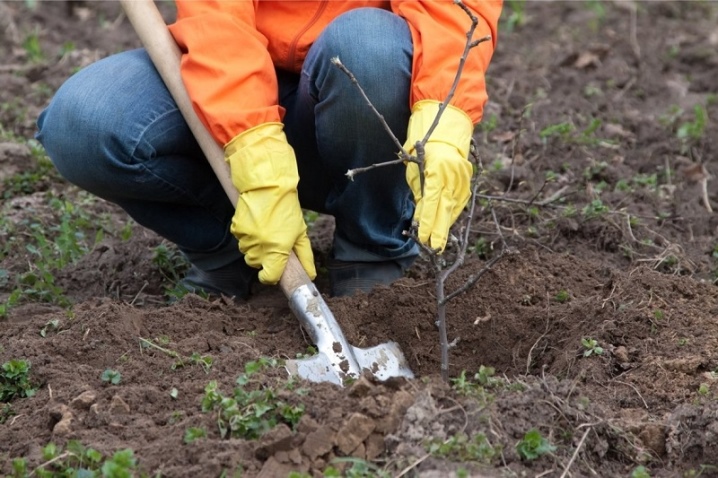
Care
The willow only needs watering and pruning, so it is not at all difficult to care for it.
Watering
Willow is a moisture-loving tree, so you shouldn't spare water for it, especially in too hot and dry summers. Watering can be done either from a bucket or with a hose. You can do this every day.

Pruning
A plant like willow can easily tolerate decorative pruning. After this process, the crown becomes more beautiful and thicker. Low or medium-sized plants are best cut in the shape of a ball or fountain. Trees with branches that fall down should only be pruned when they reach the surface of the ground. Many specialists in this way regulate the growth of the plant itself.
The pruning process is best done either in early spring, before the onset of the growing season, or in late autumn, when the leaves begin to fall. However, you can also adjust the length of the shoots in the summer.You can cut off all excess growth, shoots that grow inward or thicken the crown too much.
In some cases, young willows begin to curve and sag straight towards the soil. To grow a willow tree correctly, you can tie the trunk to any support. It can be either a metal pipe or a wooden pole.
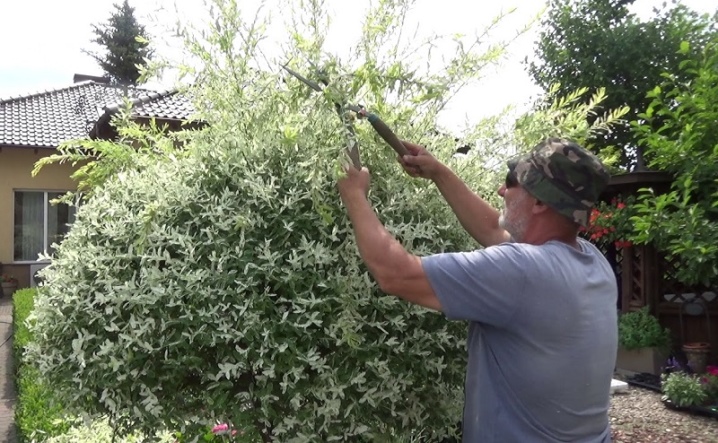
Reproduction
If we talk about the natural habitat of willows, then in it they reproduce in different ways, for example, by seeds. Ornamental crops can be propagated by cuttings. They need to be cut up to 25 centimeters long. It is best to use not too old shoots. Young shoots, which should be broken down together with the "heel", are also suitable. Then you need to remove all the leaves located at the bottom of the cutting, then stick it into the ground and water it abundantly. Cuttings can be pre-processed with "Kornevin".



Diseases and pests
Willows are often attacked by various pests, as well as diseases. First of all, we need to talk about parasites dangerous to the tree.
- One of the main enemies of the tree is the aspen leaf beetle. It is a small beetle. Its wings are blue-green. It feeds on leaves.

- The leafworm most often lives on a rod-shaped willow. Such beetles transform the tops of willow leaves into a very dense cocoon, and then eat the top of the shoots.
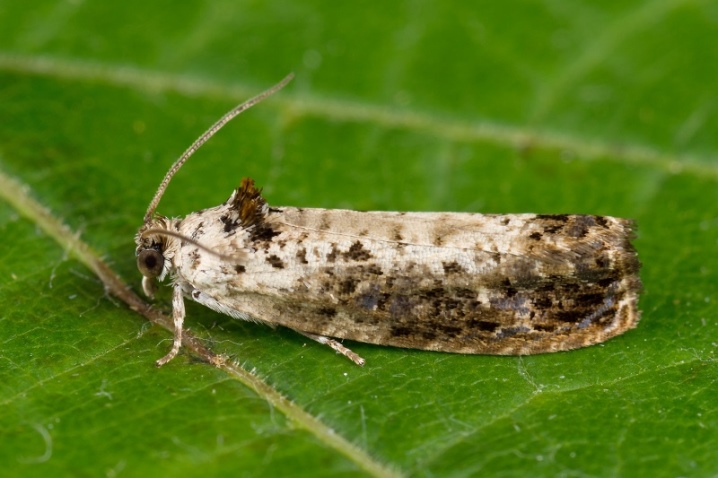
- Willow aphid feeds on the juice of willow leaves, as well as shoots.
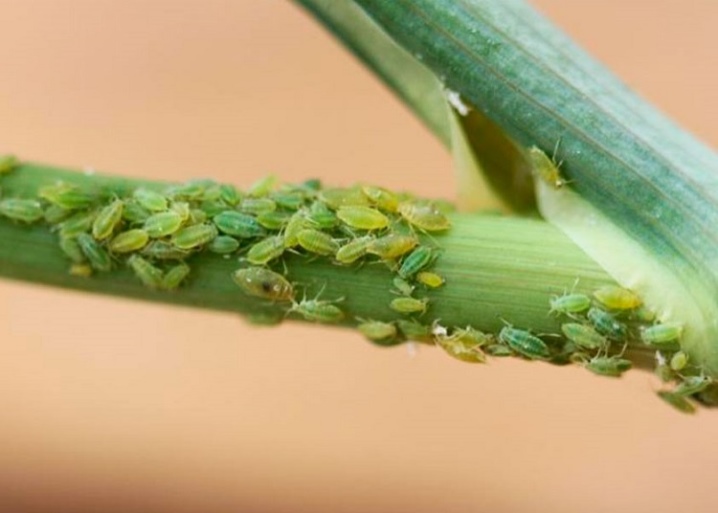
- Spider mite. Most often, it lives on the lower part of the leaves and feeds on their juice. As a result, they begin to turn brown and fall off.
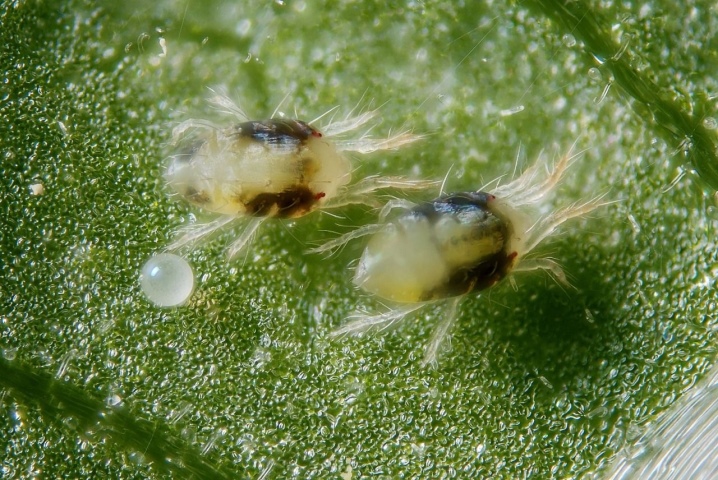
- European dodder is a parasite, which climb into the shoots and suck out nutrients from them, as a result of which the entire tree can die.

- Rodents such as mice, can nibble too young seedlings.

- The volnanka is a white-winged butterfly. Its wings are up to 20 mm long. Subsequently, it turns into a furry caterpillar.
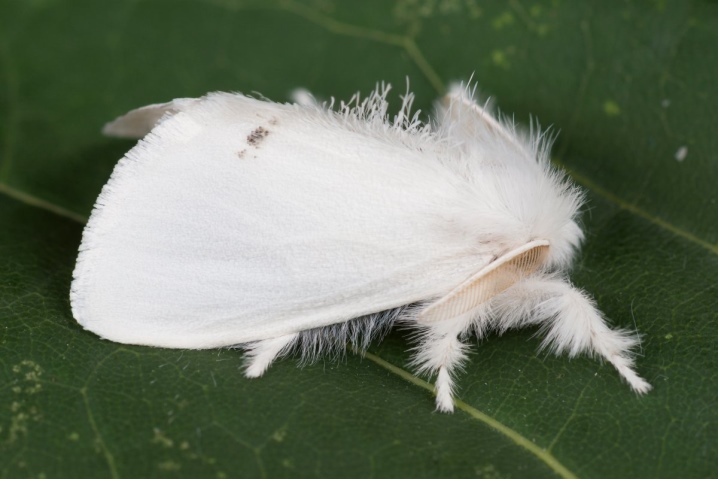
In terms of infections, willow is most commonly affected by rust. The symptoms of this disease are orange or brown specks on the leaves. You can get rid of them with antifungal drugs. In addition, young trees can be infected with Fusarium. As a result, the branches begin to turn black, and the leaves dry. To get rid of this type of infection, it is necessary to cut off all the affected parts.
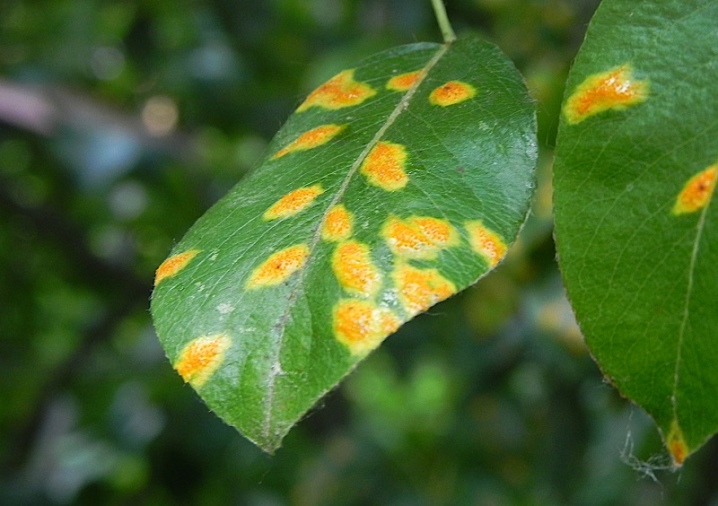
Application in landscape design
Since there are many different types of willows, it is easy to find a plant that will work for all conditions. When choosing, you need to focus on the size of the territory.
Large and powerful trees such as goat or silver willow are suitable for wide and open areas. They will look great in city parks and large squares.
Medium-sized plants are used for landscaping open lawns. They can be placed in the center of the landscape composition, and lower plants can be planted around them. They can also be used to form hedges.
Low-growing willows are suitable for small areas. They can be used both in the lower and in the middle tier of a landscape composition consisting of perennials. And also with the help of such willows, you can decorate the shores of small reservoirs in summer cottages.
Summing up, we can say that willow is a beautiful tree that can decorate any place, as well as give a person a real aesthetic pleasure.
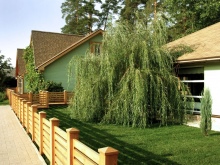
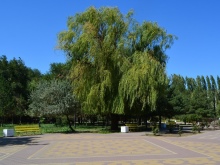
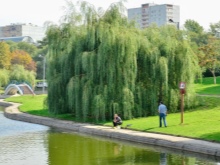



































































The comment was sent successfully.